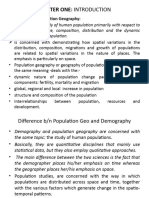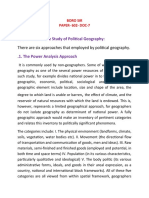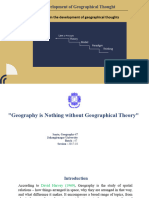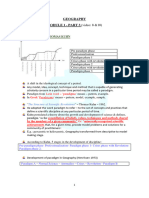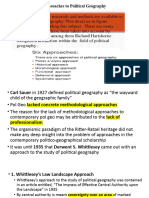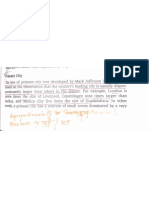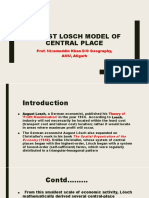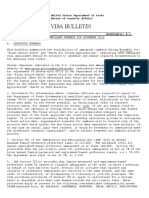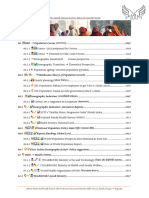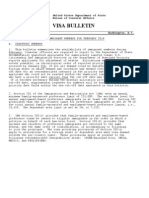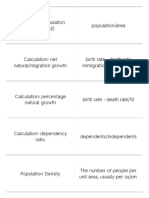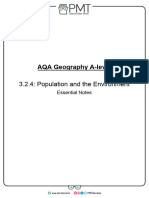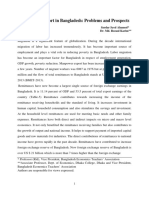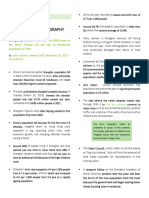0% found this document useful (0 votes)
717 views1 pageGeographical Influence On Voting Patterns
Electoral Geography studies the geographical aspects of elections and voting behavior. Voting patterns are influenced by demographic factors, socio-economic cleavages, environmental conditions, local influences, migration, and campaign strategies. These elements lead to distinct political trends across different regions.
Uploaded by
roygungunCopyright
© © All Rights Reserved
We take content rights seriously. If you suspect this is your content, claim it here.
Available Formats
Download as DOCX, PDF, TXT or read online on Scribd
0% found this document useful (0 votes)
717 views1 pageGeographical Influence On Voting Patterns
Electoral Geography studies the geographical aspects of elections and voting behavior. Voting patterns are influenced by demographic factors, socio-economic cleavages, environmental conditions, local influences, migration, and campaign strategies. These elements lead to distinct political trends across different regions.
Uploaded by
roygungunCopyright
© © All Rights Reserved
We take content rights seriously. If you suspect this is your content, claim it here.
Available Formats
Download as DOCX, PDF, TXT or read online on Scribd
/ 1

